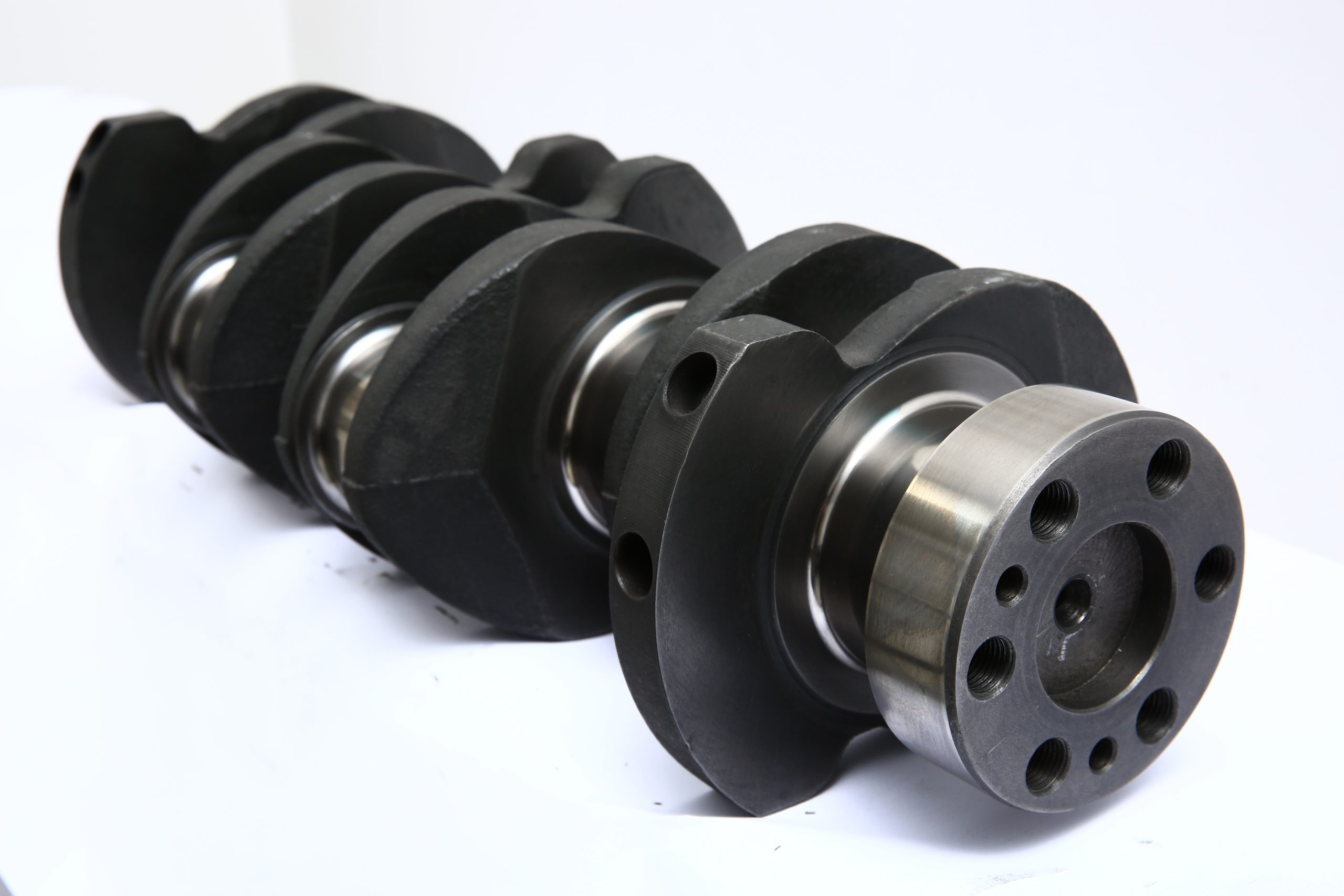Motorcycle Connecting Rod Specifications: A Comprehensive Guide to Performance and Durability aims to provide motorcycle enthusiasts with an in-depth understanding of the various connecting rod specifications and their impact on engine performance. The connecting rod is a crucial component in a motorcycle engine, connecting the piston to the crankshaft and converting linear motion into rotary motion. In this article, we will discuss the different aspects of connecting rod specifications and how they affect engine performance and durability.
One of the essential motorcycle connecting rod specifications is the material used in its construction. Common materials include steel, aluminum, and titanium, each with its unique properties. Steel connecting rods offer excellent strength and durability, making them suitable for high-performance applications. Aluminum connecting rods, on the other hand, are lightweight and dissipate heat efficiently, which can be advantageous for engines with high thermal loads. Titanium connecting rods provide a balance between strength and weight, offering both high-performance and lightweight properties.

Another critical specification to consider is the connecting rod’s length. The rod’s length affects the engine’s stroke and, subsequently, its displacement, power, and torque output. A longer connecting rod can result in a longer stroke and increased torque, while a shorter connecting rod may contribute to a shorter stroke and higher RPM capabilities.
The connecting rod’s design is also an essential factor to consider. There are various designs, such as I-beam, H-beam, and A-beam, each with its benefits and drawbacks. I-beam connecting rods are known for their lightweight and rigid design, while H-beam rods offer increased strength and durability. A-beam connecting rods provide a balance between the two, combining lightweight properties with adequate strength.
The connecting rod’s weight is another crucial specification to consider. A lighter connecting rod can reduce the overall reciprocating mass of the engine, leading to faster acceleration and improved throttle response. However, it’s essential to ensure that the rod’s weight reduction does not compromise its strength and durability.
Finally, the type of fasteners used to secure the connecting rod is an essential specification. High-quality fasteners, such as those made from high-strength steel or titanium, are crucial for maintaining the connecting rod’s integrity during high-performance riding conditions. The use of inferior fasteners can lead to catastrophic engine failure, making it imperative to choose fasteners that can withstand the demands of high-performance riding.
In conclusion, understanding the various motorcycle connecting rod specifications is vital for optimizing engine performance and durability. By considering factors such as material, length, design, weight, and fasteners, motorcycle enthusiasts can make informed decisions when upgrading their engine components. With the right connecting rod specifications, riders can unlock the full potential of their motorcycle engine and experience the thrill of improved performance and reliability.
